Rental Review: 2013 Ford Escape SE Ecoboost FWD
Jewish custom dictates that at 13 years of age, males are called to read from the torah scroll as part of a Bar Mitzvah, a rite of passage signifying the transition to manhood. Having served at TTAC for nearly three years, under thee different EICs, I’d yet to partake in the TTAC equivalent of a Bar Mitzvah, which involves reviewing a rental car. This past October marked my 25th birthday, which in the rental car world signifies the transition into responsible adulthood in the eyes of their insurance underwriter, and the transition into an off-the-reservation degenerate in the eyes of PR people and fleet manager. With no press cars available during a last minute trip to Florida, Jack decided that it was time for me to be called to TTAC’s torah. I would be reading from the Book of Ecoboost, Chapter 1.6.
While both Jack and Bark M provided discount codes for other major rental companies, the best deal came via Avis, which had a promotion with Air Canada’s Aeroplan frequent flyer program. While Avis was about 25 percent less on average, the “Small SUV” class was inexplicably the cheapest, at about $18 per day. For the two-week duration of my trip, the total cost was $254, excluding taxes and various confiscatory fees. A “subcompact” like a Nissan Versa or Hyundai Accent was $80 more for the same duration, and with my mother, father and brother traveling with me, the SUV was a no-brainer.
At the rental counter, I was offered a choice of a Chevrolet Captiva, a Kia Sportage, a Traverse for an extra $17 dollars per day, or an Equinox for another $7 per day. I felt like asking the attendant if she could “try harder” to find something else, and lo and behold, a new Escape materialized. I took it, hoping that I’d get a real stripped out 2.5L powered S trim level, the kind that would never be put into the press fleet.
Imagine my surprise when I was assigned an SE model, sans MyFord Touch or a sunroof, with a 1.6L Ecoboost. Even more shocking was the strong presence of a number of SEL and 2.0L Titanium models. With nearly 24,000 miles on it, this Escape appeared to have held up well, though it looked like it hadn’t been washed or cleaned since it was delivered to Avis. A number of early Escapes were sent to fleets after being damaged in a hailstorm (and repaired) but the build date on this car is too new to be from that batch. Ford seems to be keeping the poverty-spec cars for security guard patrol vehicles and other fleets. Not that this car was what we’d call “premium”. This SE lacked things like a power liftgate, MyFord Touch, rear parking sensors, which come in the Convenience Package, which costs an extra $1,395, and is the kind of option package that you’d find on most Escapes at your local Ford lot.
TTAC is fond of ripping on MyFord Touch as being the devil’s own spawn, but I found the basic SYNC system and the tiny LCD screen to be absolutely infuriating after a mere 24 hours. Neither my iPhone 4s (that I use when traveling) nor my iPhone5s would successfully pair, and the music integration was slower and more cumbersome than any MFT system I’ve ever encountered. By the end, I had given up, and resored to using a 3.5mm auxiliary cable with my brother operating the music.
SYNC aside, the rather pedestrian trim level did little to deter my enthusiasm for the Escape – or that of the rest of my family, who normally drive a fully loaded Volvo XC60 T6. Our flight originated out of Buffalo, New York, and the XC60 struggled to hold our four large suitcases. The Escape had no trouble swallowing them up, with room for our backpacks and computer bags as well (these tend to go on the rear middle seat in the Volvo). My parents and brother remarked that they had much more room in the back of the Escape, but that the rear seats themselves were much flatter and harder. Pitting them against the Volvo’s rear bench is a tough comparison, but the Escape’s rear seats are especially upright and stiff, like some kind of orthopedic back brace.
Whoever occupies the front seat is in for a treat. On the Cherokee launch, I was very impressed with the driving dynamics of the Escape 2.0T Titanium, calling it a “jacked-up Focus ST”. The 1.6 SE didn’t have the same forward thrust, but the heavy, accurate steering, quick turn-in and nimble chassis were still there. The 1.6L Ecoboost felt like it was just the right amount of power, and there were even hints of torque steering in the lower gears. In Sport mode, the transmission is eager to shift, compared to the sluggish, fuel-economy centric programming when left in Drive. But even that didn’t stop the Escape from returning some truly poor mileage.
During the portion of my trip where I put the drivetrain through its paces, the Escape delivered an astonishing 11 mpg. The best figure I ever got was 34 mpg on a trip back from Kendall towards Miami, with highway driving staying consistently around 30 mpg. In town driving, with the throttle gingerly applied, stayed in the high teens, with 21 mpg returning as the average observed fuel economy figure at the end of my trip. Figures like that make “Ecoboost” seem like a misnomer – though the Fiesta ST, with the same basic mill, returned 26 mpg overall, under extreme duress via an overactive right foot. The “boost” part of the equation is there with the new Ford F/I mills, but the “Eco” needs work.
Having driven pretty much everything in the small crossover segment, the Escape is still tops in my books, even over the vaunted Mazda CX-5. What is sacrifices in outright driving fun (and really, it’s not that much), it makes up for in refinement. On my Avis Preferred profile, I’ve set my default vehicle choice to the Escape (though I’ll be sure to try other selections in future rental reviews). In terms of cargo and passenger space, it held as much as a full-size sedan while keeping me suitably entertained behind the wheel. But that’s not to say I’d recommend one to someone who needed a crossover as a family car or commuting appliance.
I’m willing to sacrifice poor gas mileage (Escape EB) or a bit of wind noise (CX-5) in exchange for better driving dynamics. The kind of person who needs to ask for car advice is not interested in that kind of trade-off – and would be better served by a CR-V. It may be “boring” or “beige” to us, but that’s exactly what a mass market car should be – devoid of interesting idiosyncrasies, able to do its job competently every single time without making the user aware of its operation. Good luck finding one at a rental counter though.
More by Derek Kreindler
Latest Car Reviews
Read moreLatest Product Reviews
Read moreRecent Comments
- Redapple2 Dear lord ! That face. HARD NO.
- Urlik Let’s ban for all. Having that data anywhere leaves it open to the Chinese government potentially hacking systems to get the data.
- Redapple2 Gen 1 - 8/10 on cool scale.Gen 2 - 3/10.
- SCE to AUX "...to help bolster job growth and the local economy"An easy win for the politicians - the details won't matter.
- Kjhkjlhkjhkljh kljhjkhjklhkjh so now we will PAY them your tax money to build crappy cars in the states ..



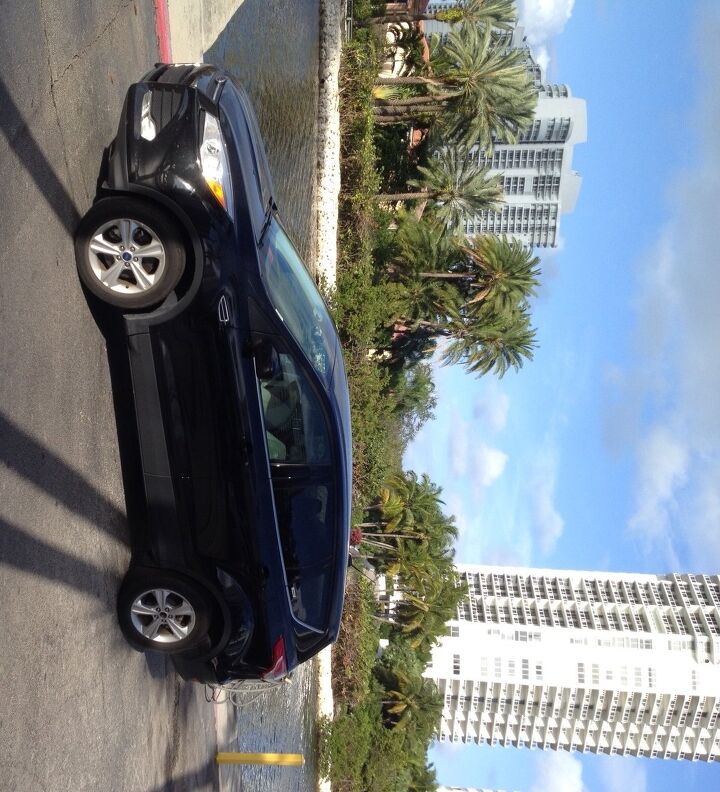




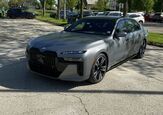











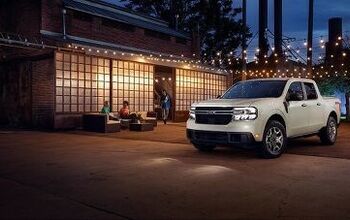

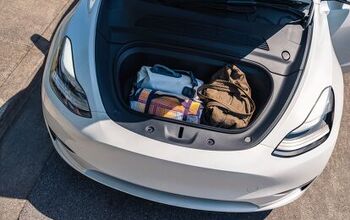
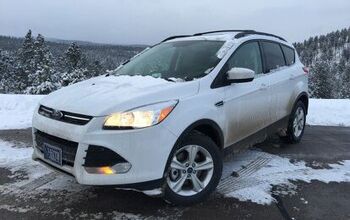
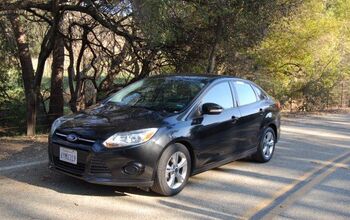
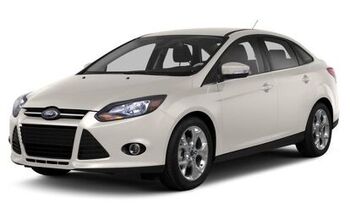
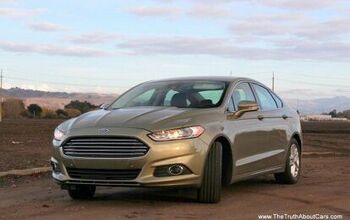
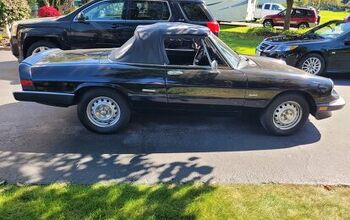



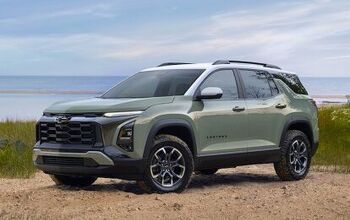
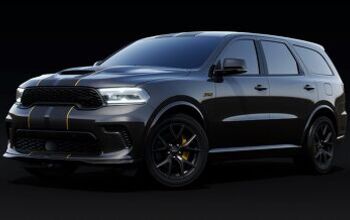


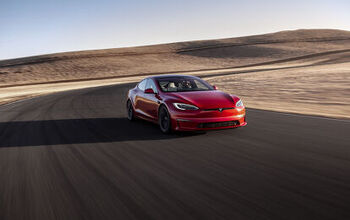

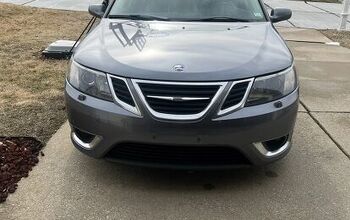
Comments
Join the conversation
I actually like the captiva. I test drove a turbo diesel once, and one of my friends has one, also the turbo diesel. He loves the car, even though he enjoyed major engine trouble on a trip to france, that seemed to have something to do with the VM Motori engine from that MY. There were several other owners with the same trouble. Basically the cam shaft broke in bits, or something. I don't mind if a car drives like a car that's six years old, I have never driven anything younger than that! *disclaimer: I am european. ;)
I like small SUVs, but let's face it, their tall butch look ruins an otherwise perfectly good unibody compact station wagon. The jacked-up body ruins your choice of handling or ride quality (eg kidney-busting BMW X3), ruins fuel economy (eg the Ford's EcoLess 1.6T), and ruins interior quiet (eg noisy Hyundai Tucson). The Escape is for sure one of the nicest of the bunch. But Conslaw is right. Compared to a Ford Escape 1.6T, a Ford C-Max Hybrid is quicker, quieter, more comfortable, cheaper to buy and run, still offers an elevated seating position and ample space inside, and is easier to see out of and park. I guess people like the SUV look, but even that is dubious. Yes, a C-Max looks like a lowered potato, but an Escape looks like a lifted minivan. If we were rational, we'd drive MPVs, not mini SUVs.